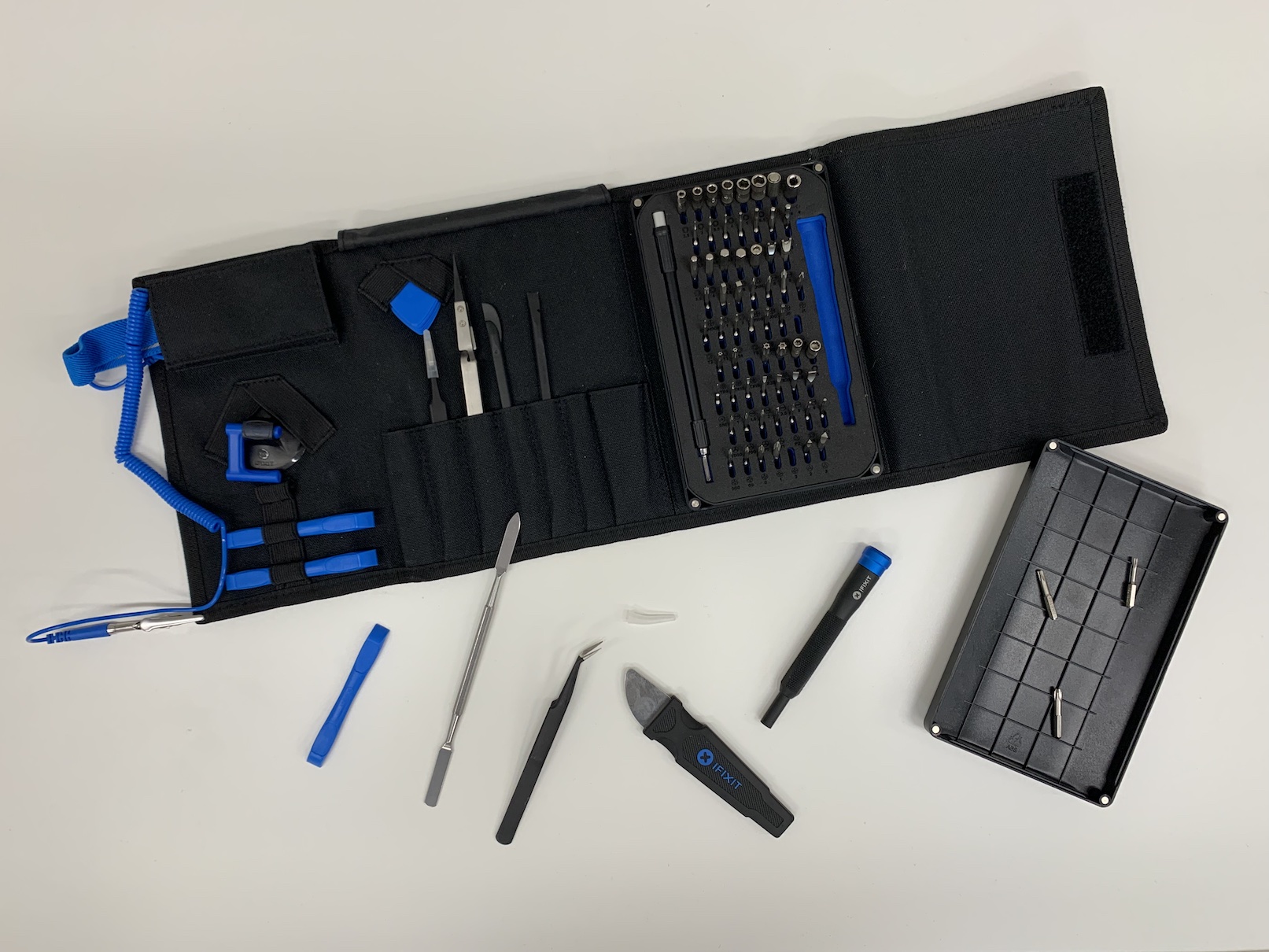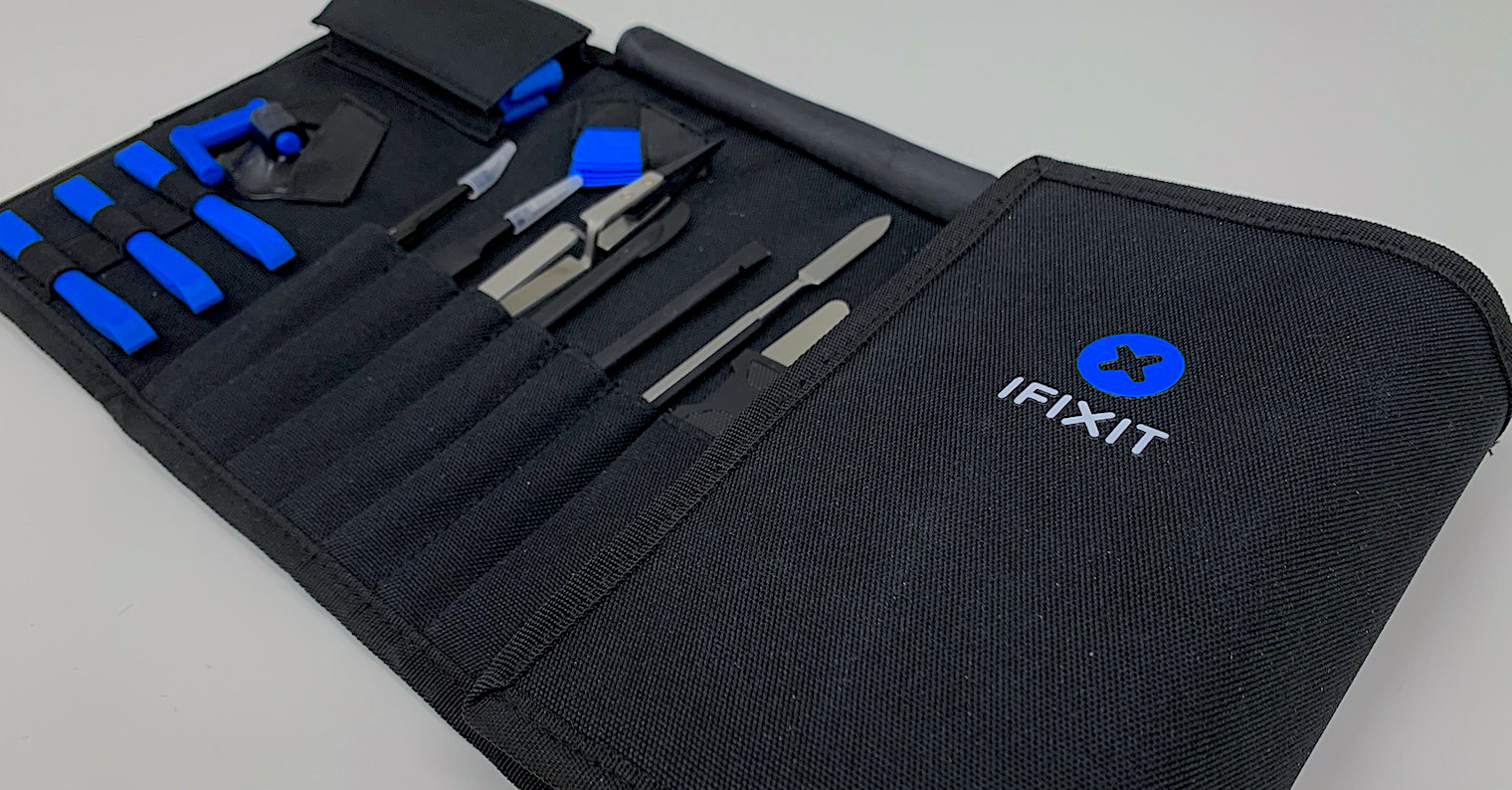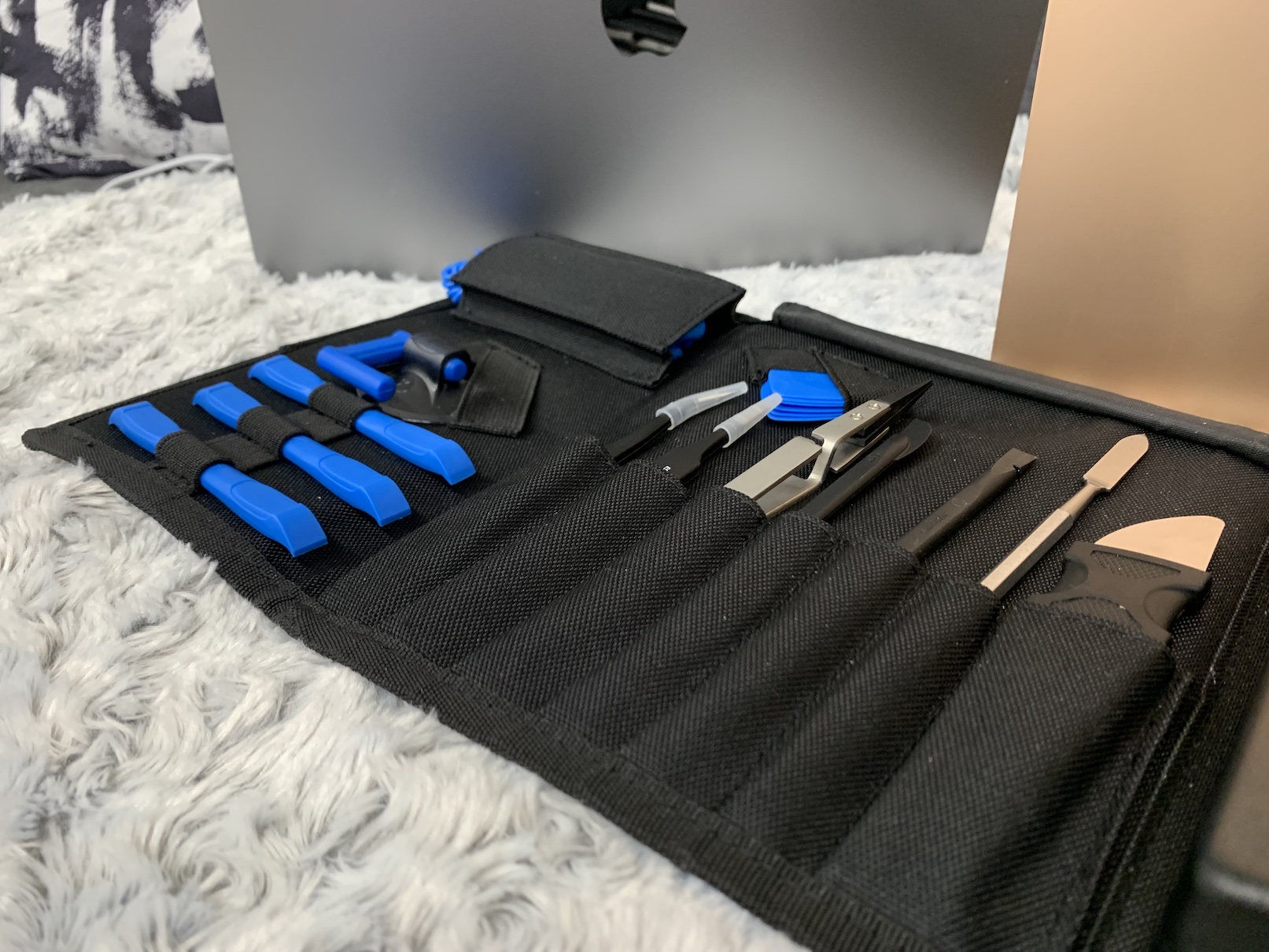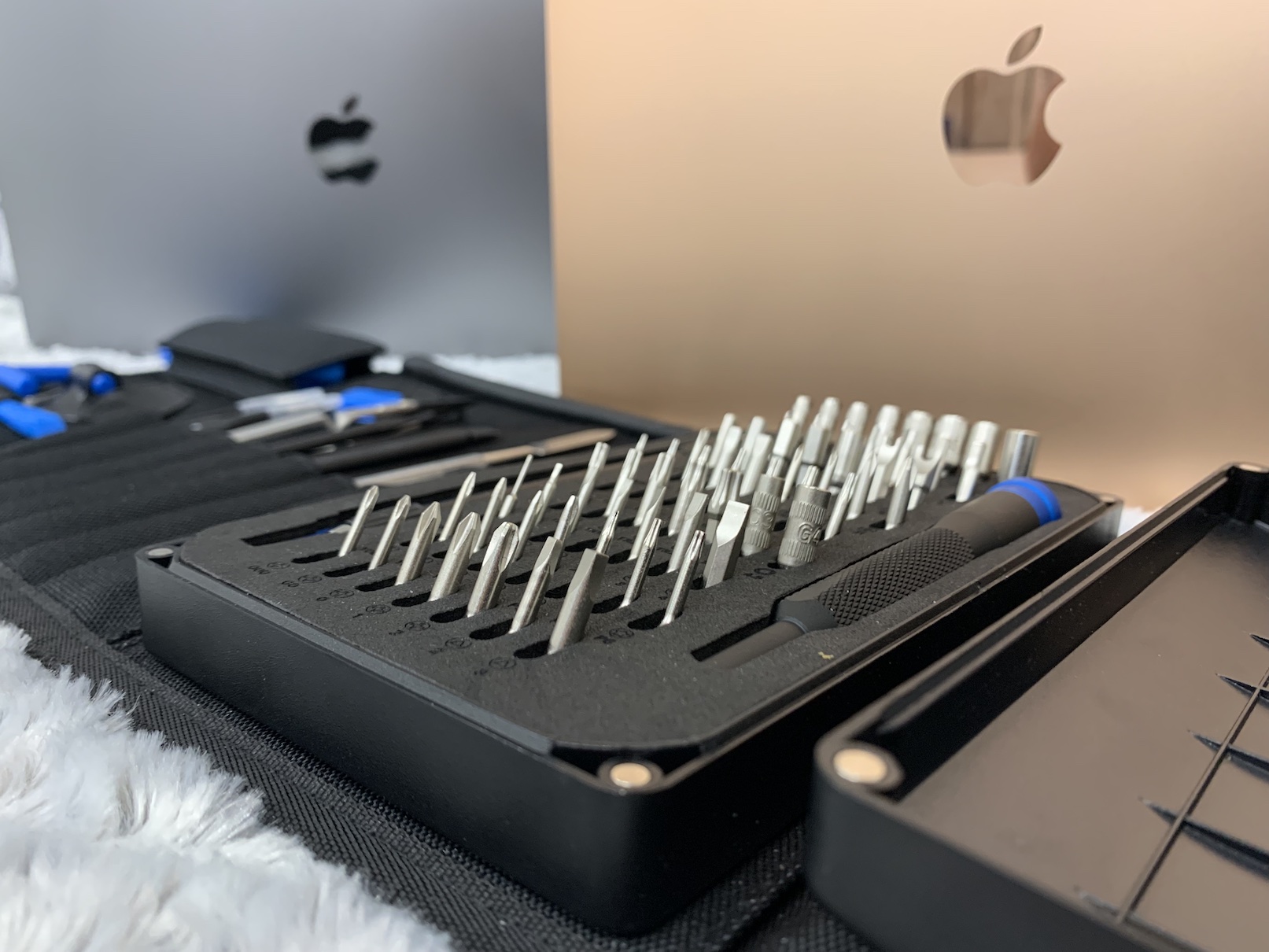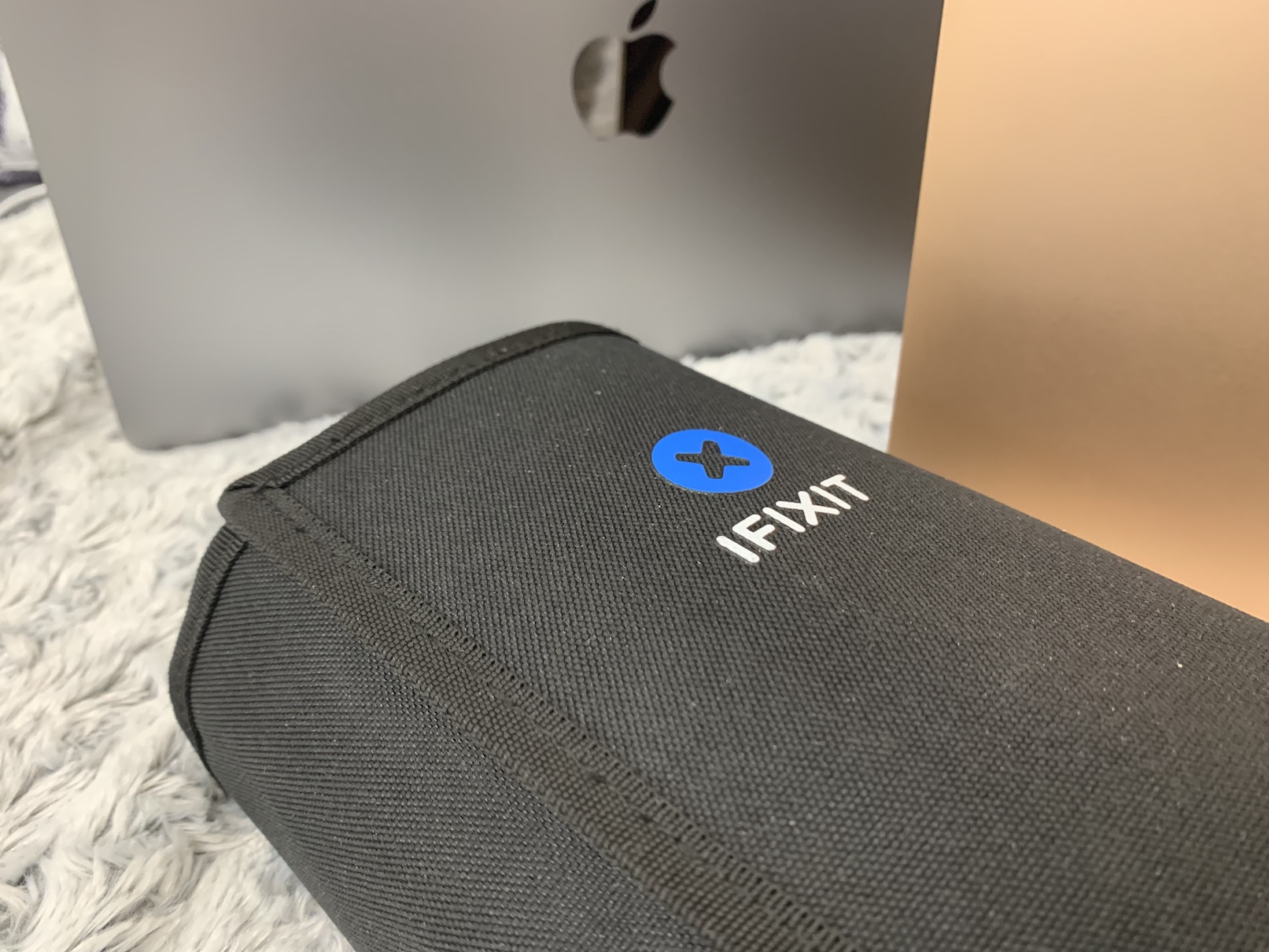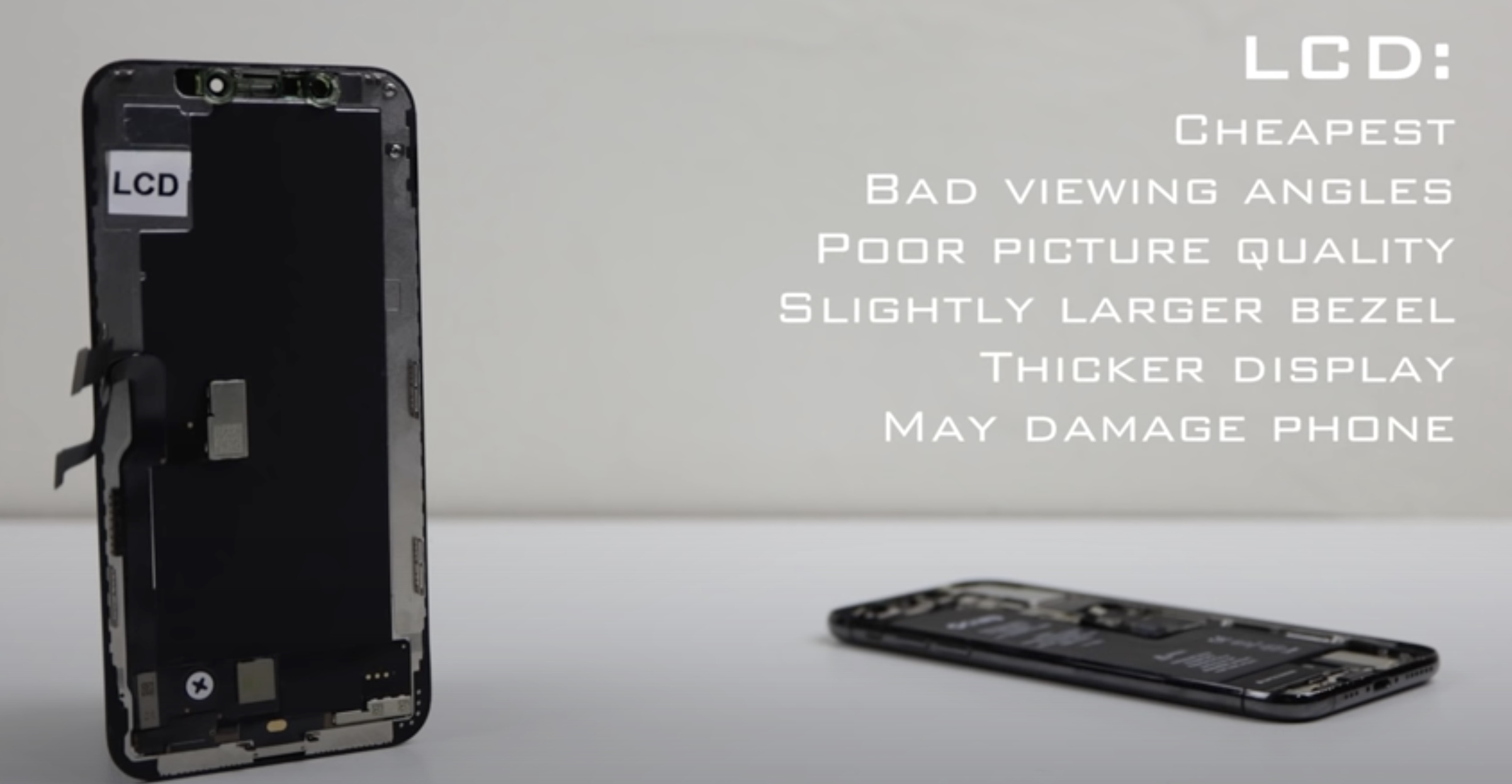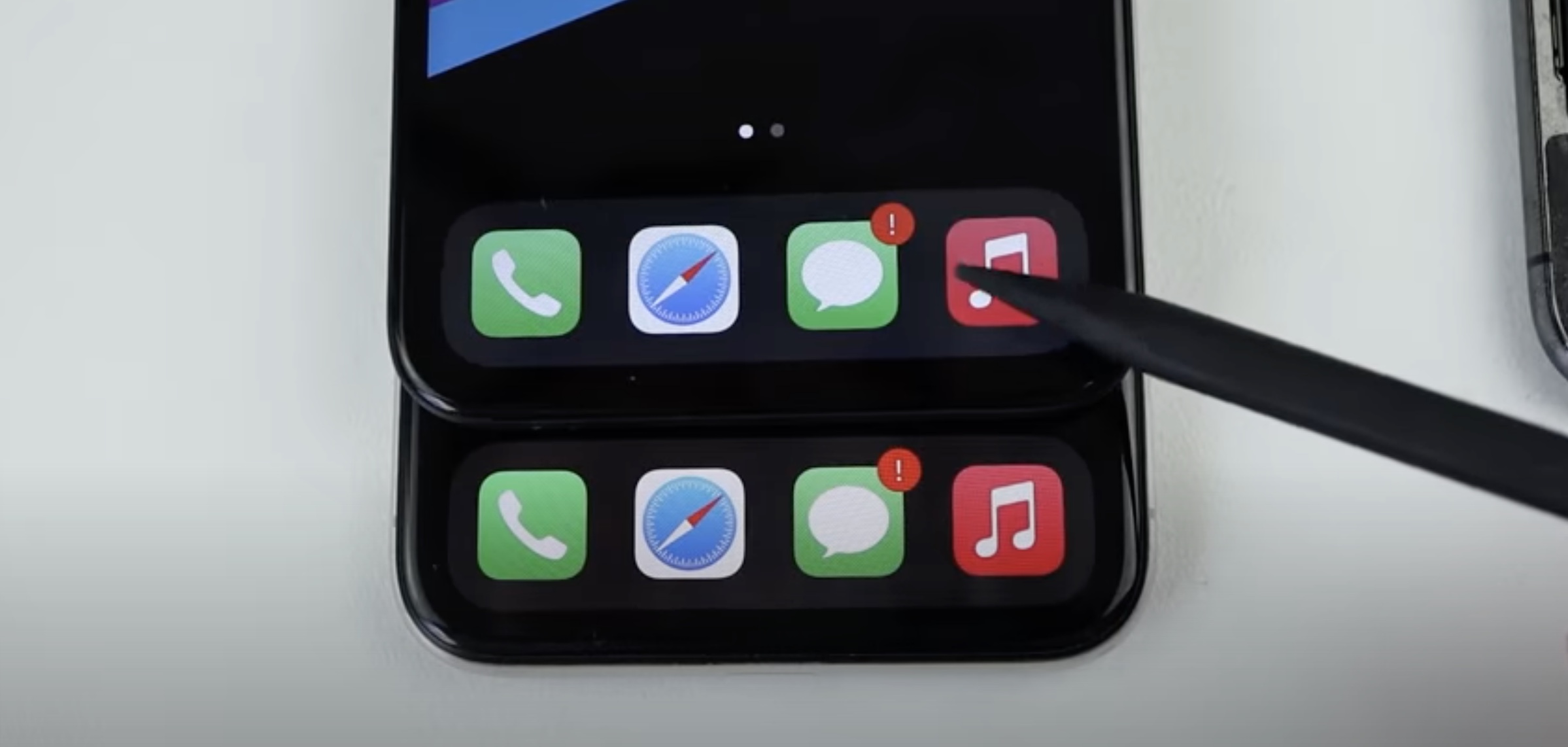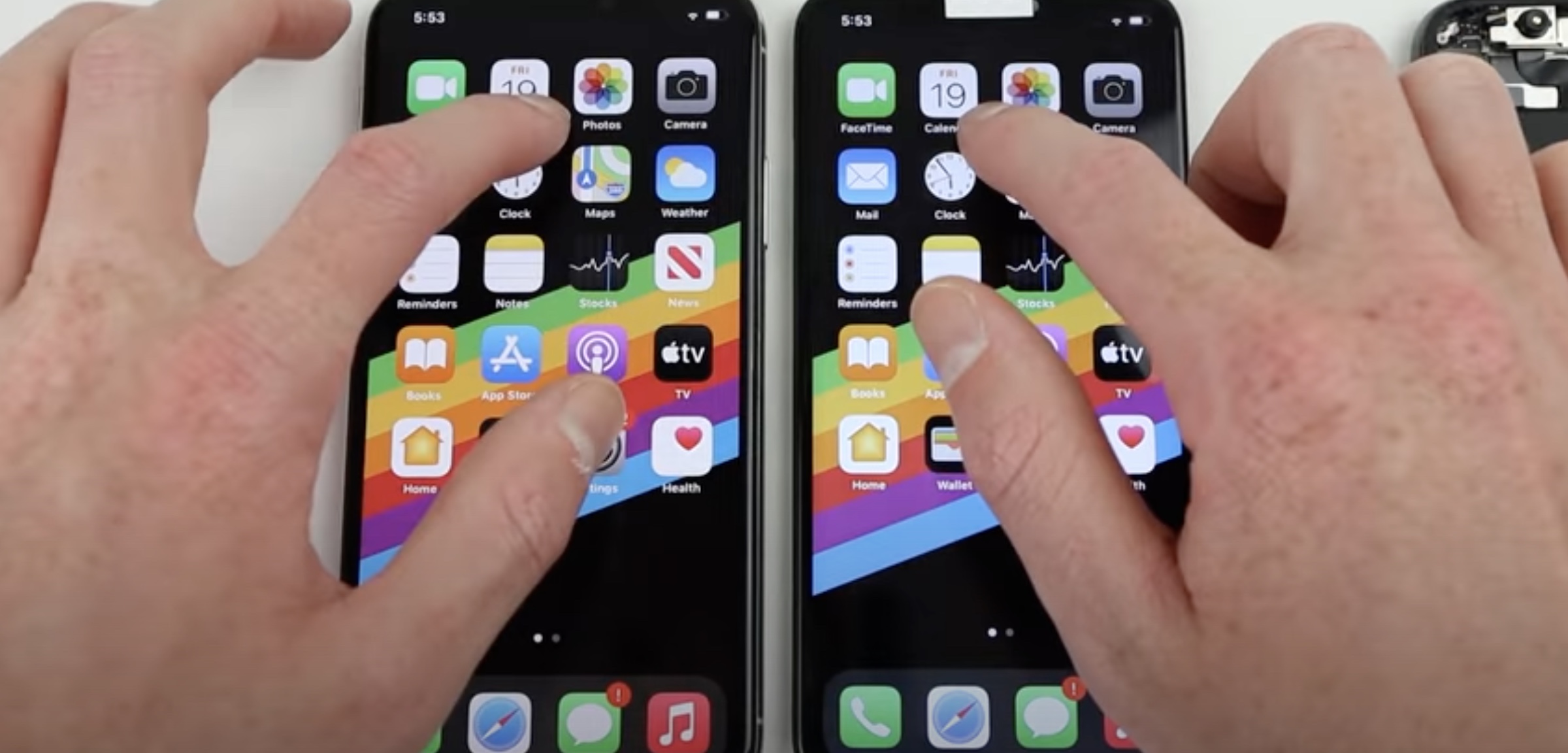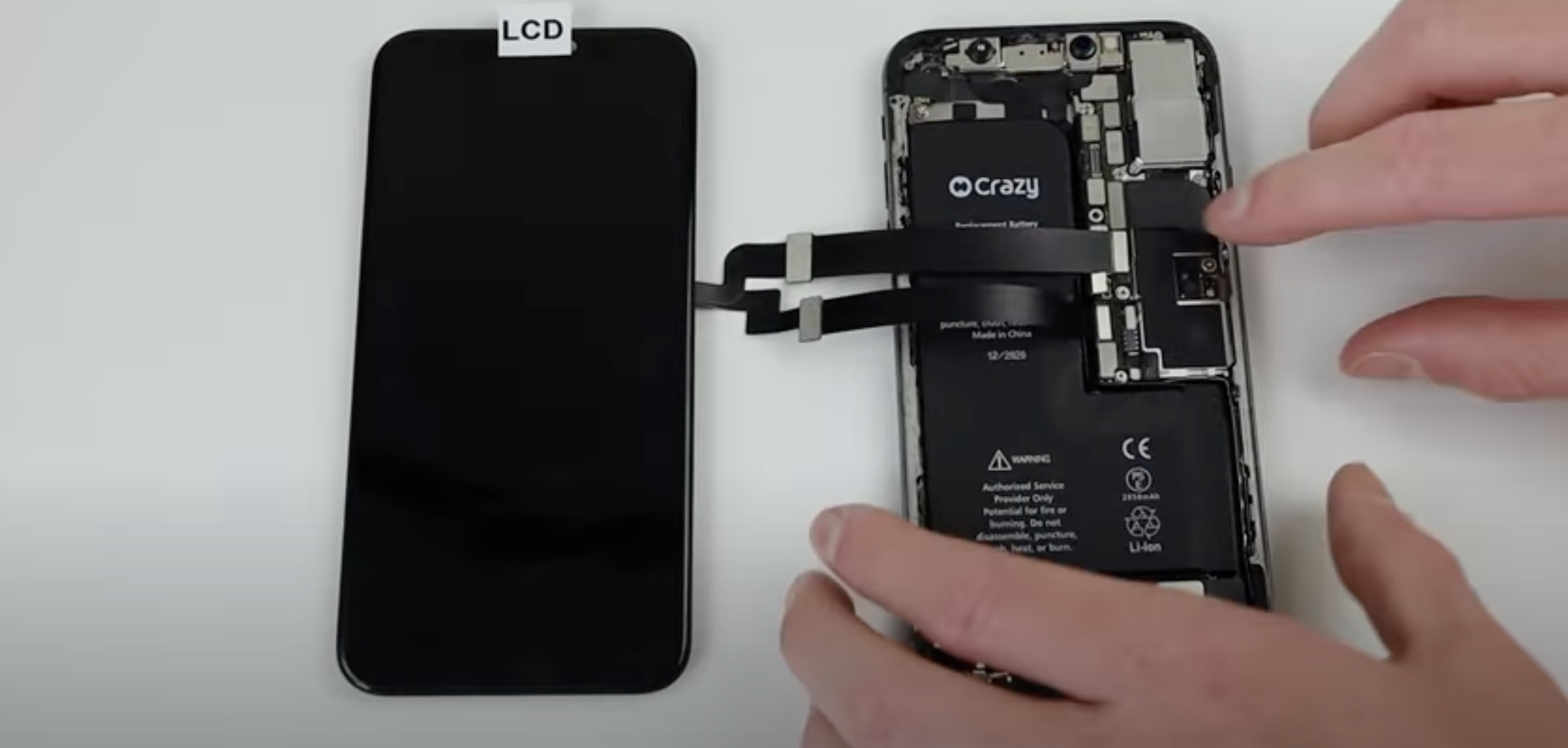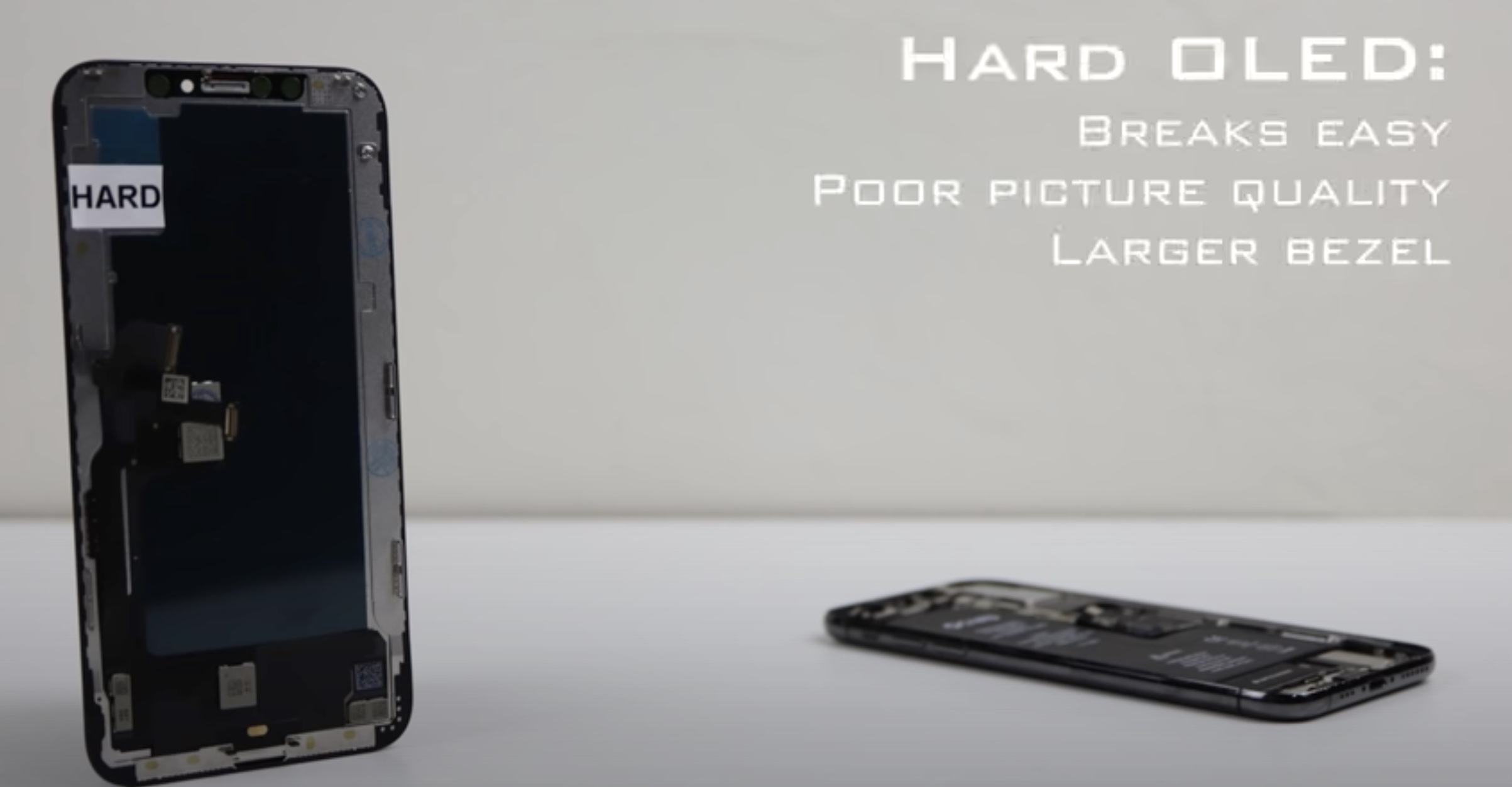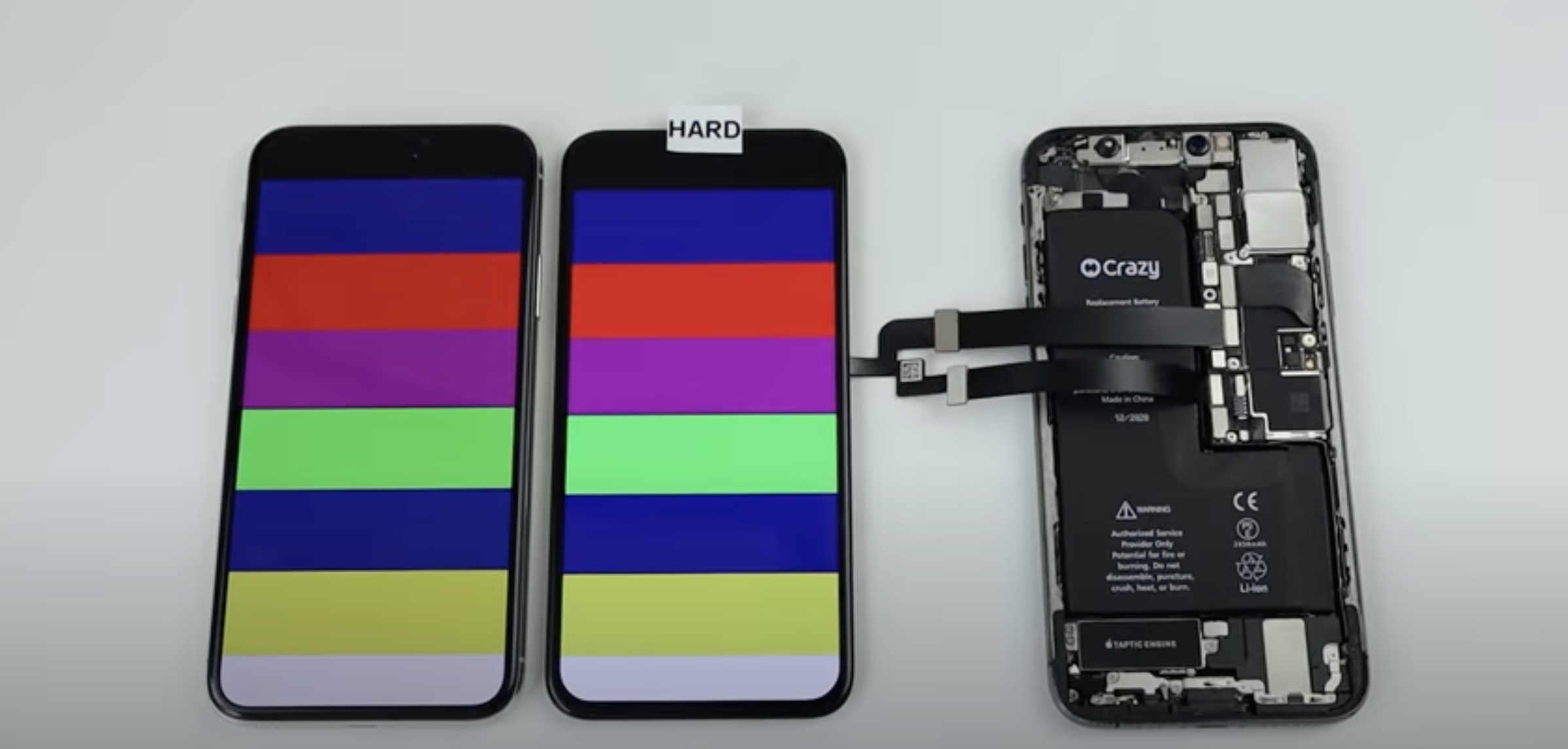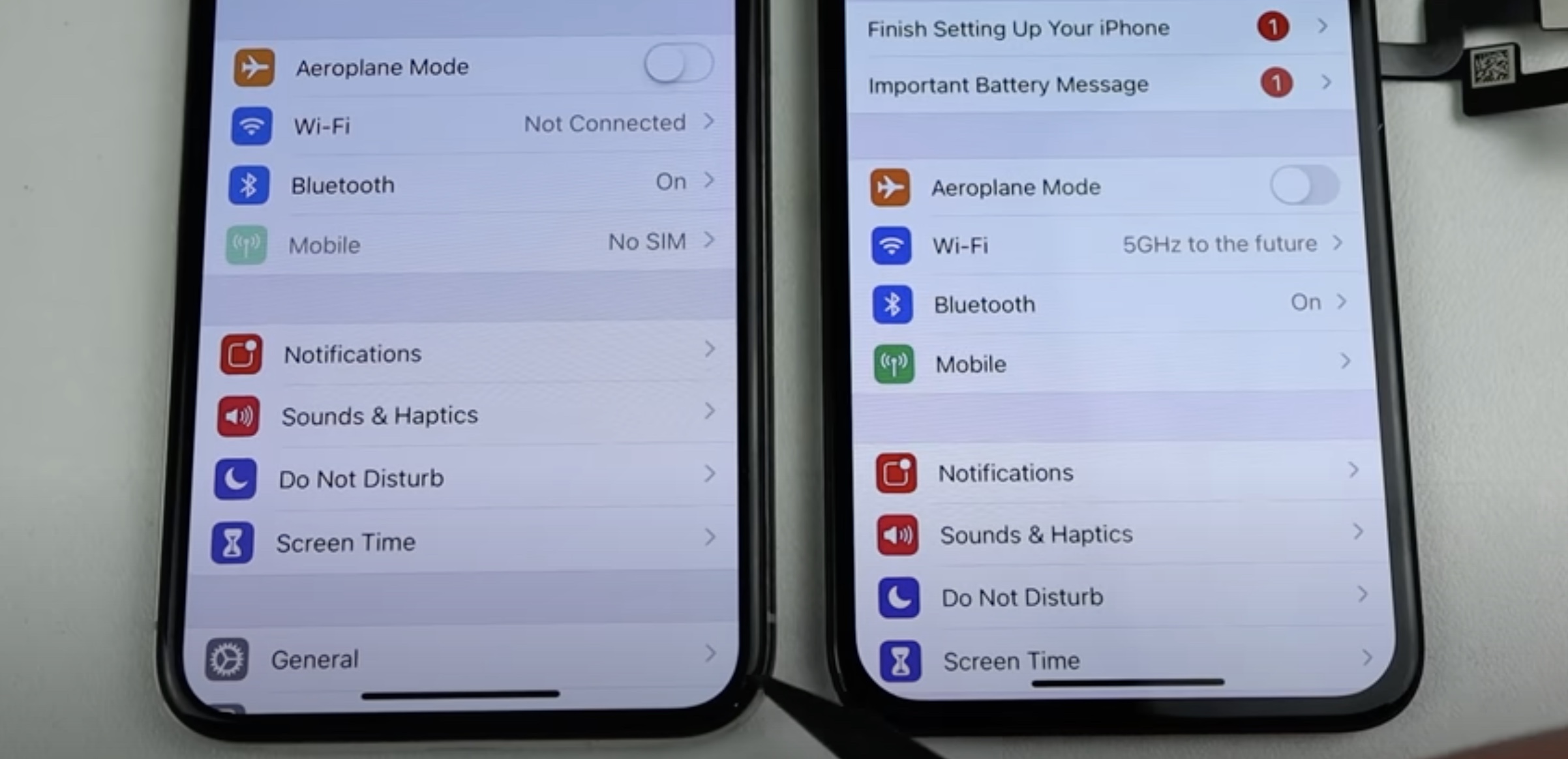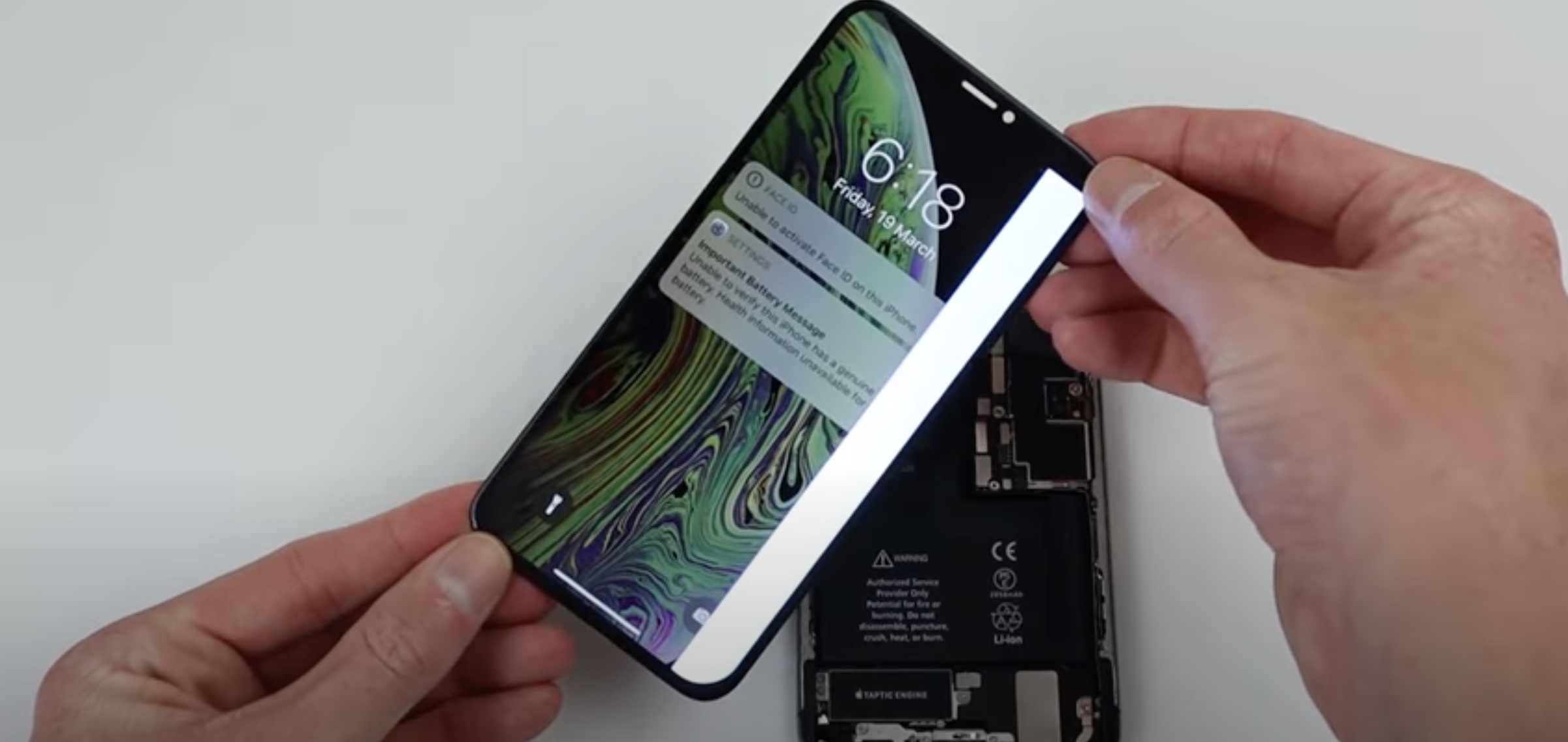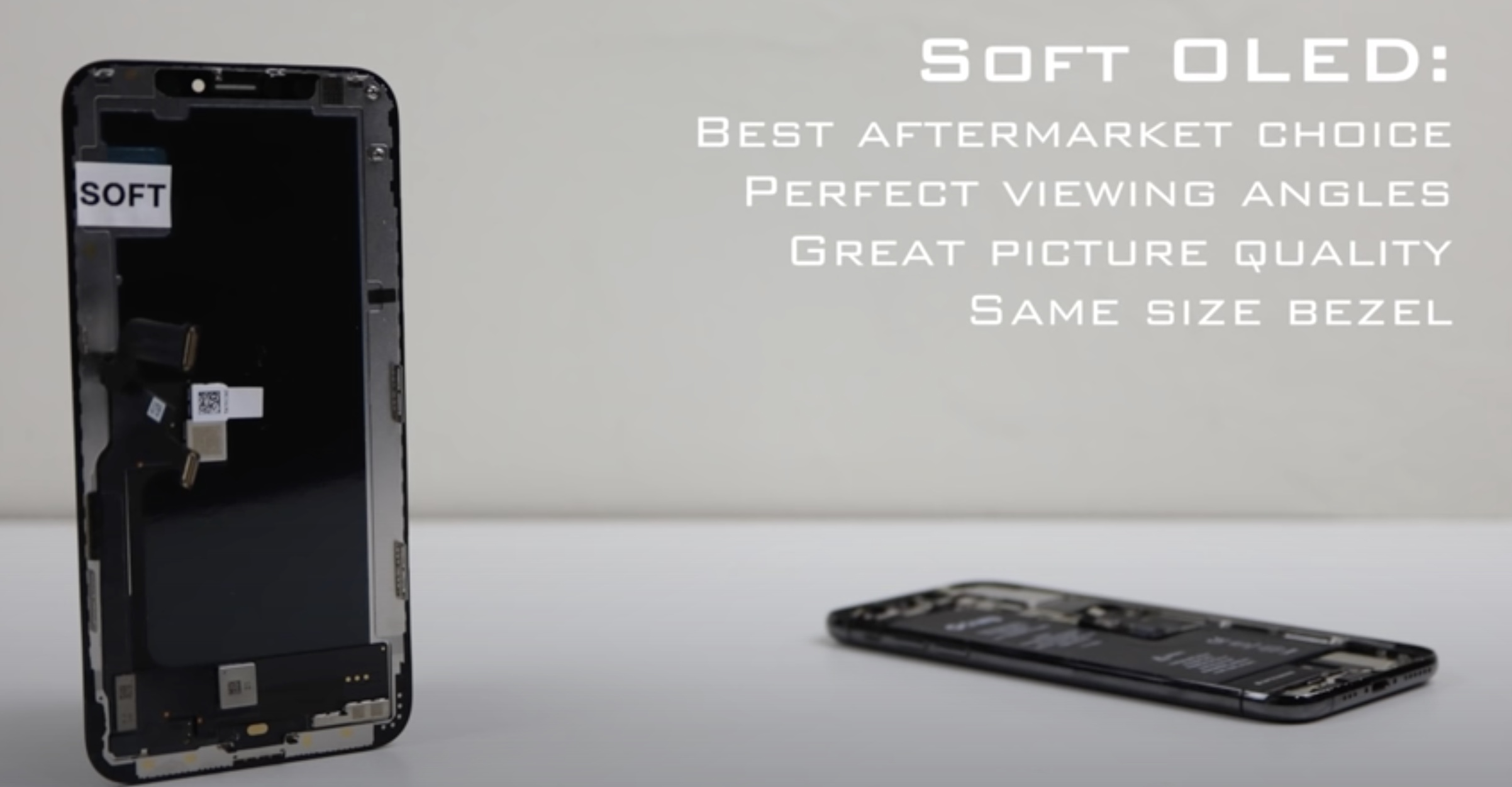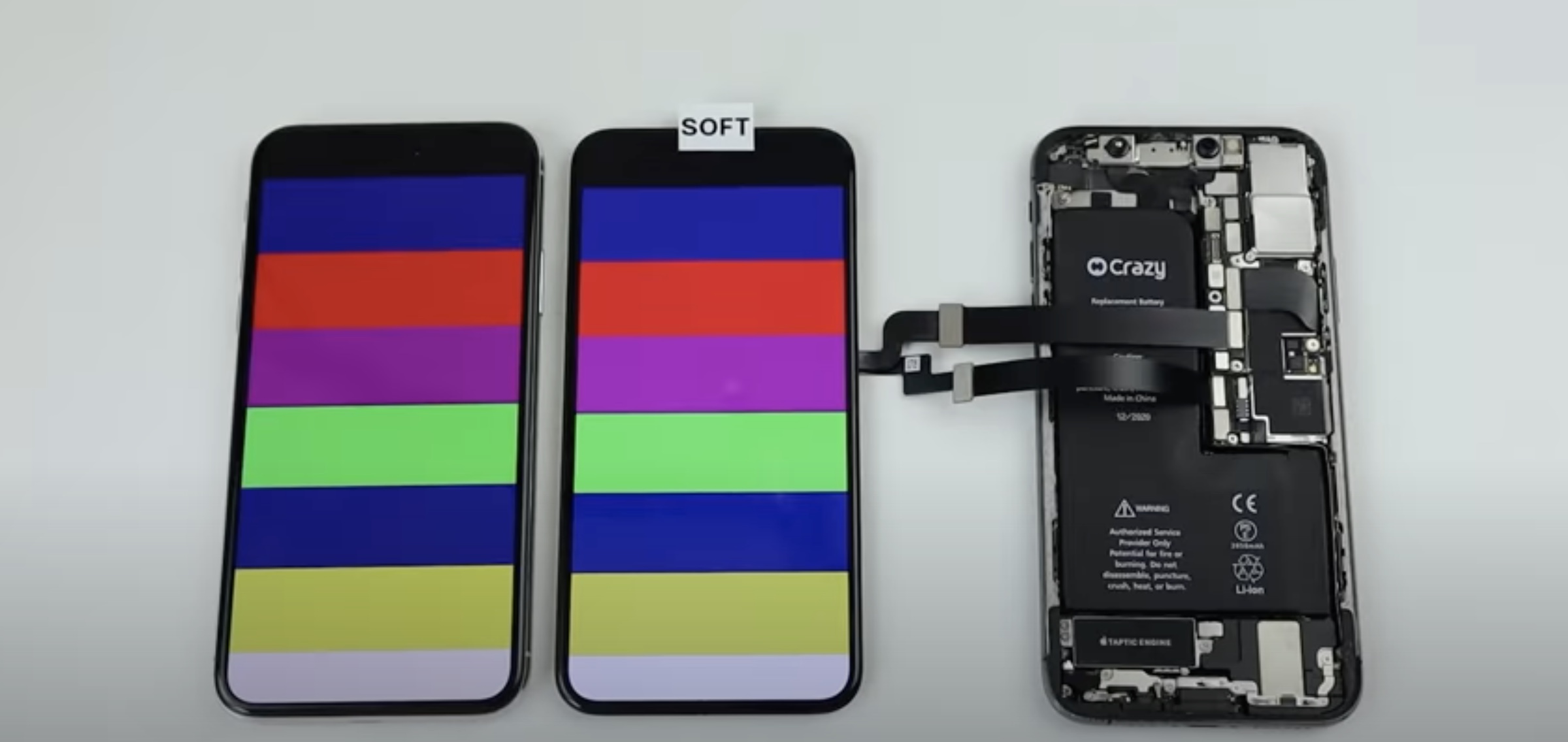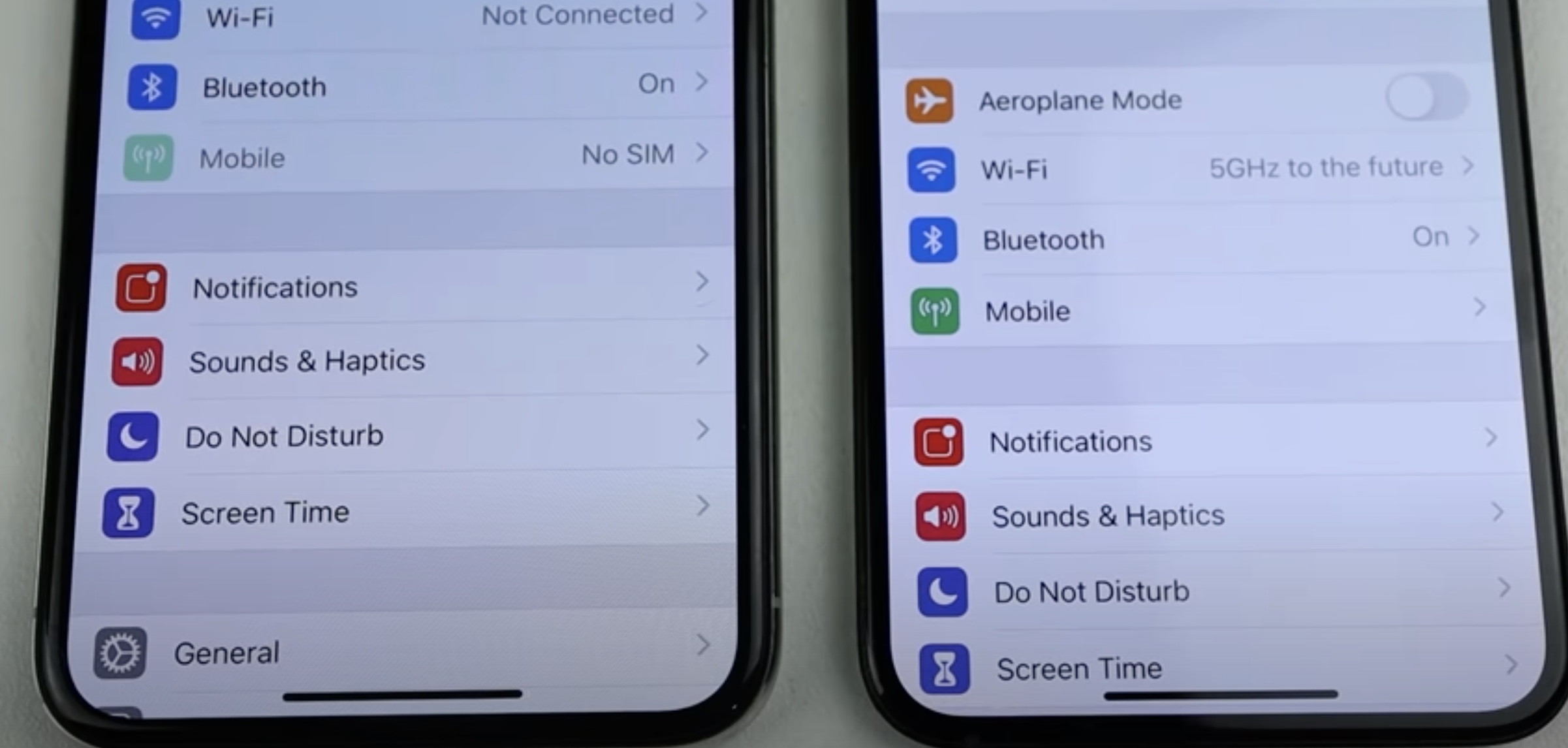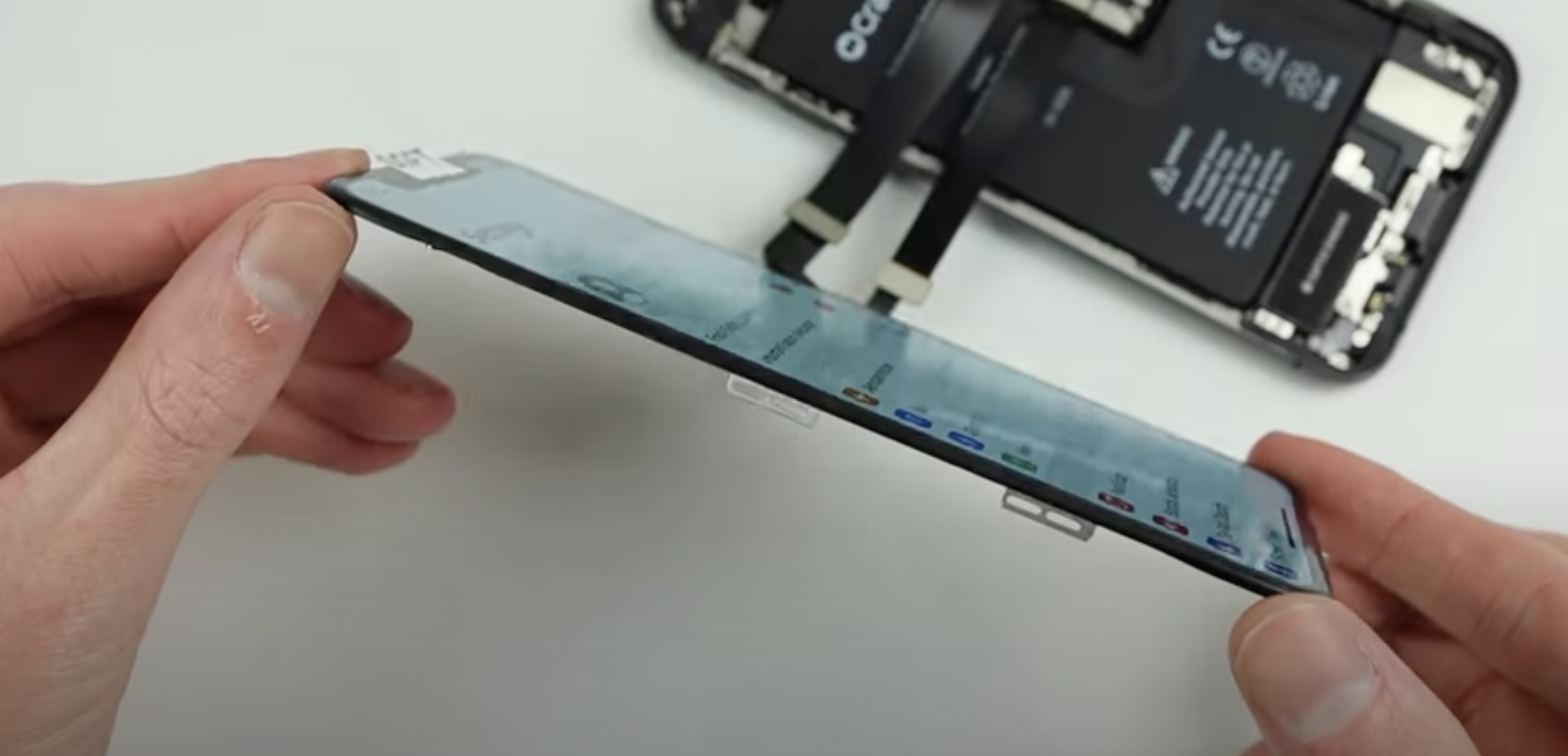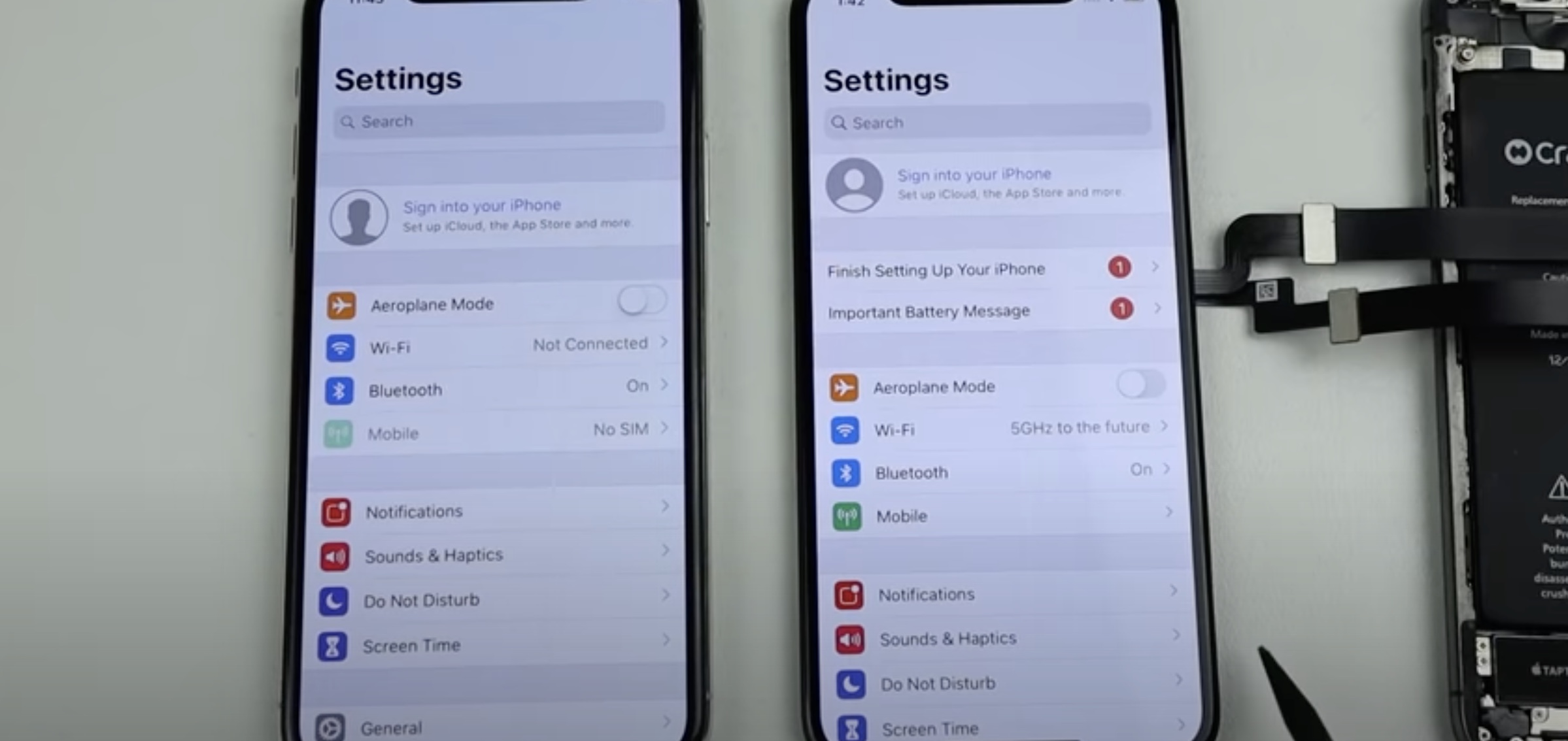Almost all of us know a friend who has a perpetually broken iPhone screen. But the truth is that a little inattention is all it takes and any of us can suddenly have a broken phone in our hands. In that case, there is no other option but to replace the display itself – that is, if you don't want to look at broken glass and risk cutting your fingers. For older iPhones that have an LCD display, choosing a replacement part is relatively simple. You only choose from the range of available LCD displays, which differ only in their design quality. But with replacement displays for iPhone X and newer, the selection is a bit more complicated and varied.
It could be interest you

The main difference is that the newer iPhones, with the exception of the iPhone XR, 11 and SE (2020), have a display with OLED technology. If you manage to break such a display, you have to dig much deeper into your pocket when paying for the repair compared to an LCD. While LCD displays can currently be purchased for a few hundred crowns, in the case of OLED panels it is in the order of thousands of crowns. However, not all of us necessarily have enough funds to replace the OLED display of a newer iPhone. Such people often have no idea at the time of purchase how much replacement displays for such devices cost, and are therefore left surprised afterwards. But of course this is not a rule, it is enough to find yourself in a worse financial situation and the problem is there.
Precisely because of the situation described above, such replacement displays were created, which are much cheaper. Thanks to these cheaper displays, even people who don't want to invest several thousand crowns in it can afford the replacement. For some of you, it might make sense if newer iPhones could be fitted with a regular LCD panel to save money. The truth is that this is really possible, even if it is not a completely ideal solution. In a way, it can be said that replacement displays for iPhones, which have an OLED panel from the factory, are divided into four categories. Listed from cheapest to most expensive, these are LCD, Hard OLED, Soft OLED and Refurbished OLED. All the differences can be observed with your own eyes in the video that I have attached below, you can find out more information about the individual types below it.
LCD
As I mentioned above, the LCD panel is one of the cheapest alternatives - but it is not ideal, on the contrary, I would consider this option only as an emergency solution. Replacement LCD displays are much thicker, so they "stick out" more from the phone's frame, and at the same time, larger frames around the display can be observed when using them. Differences can also be observed in color rendering, which is worse compared to OLED, as well as viewing angles. In addition, compared to OLED, LCD requires much more power, as the backlight of the entire display is used and not just individual pixels. Because of this, the battery lasts less and, last but not least, you can also risk damaging the entire iPhone, because the LCD screen is simply not built.
Hard OLED
As for Hard OLED, it is an ideal alternative if you need a cheap display but don't want to slide all the way to LCD. Even this display has its drawbacks, quite expectedly. In most of them, the frames around the display are even bigger than in LCD, which already looks very strange at first glance and many might think that it is a "fake". Viewing angles and color rendering are expectedly much better compared to LCD. But the word Hard before OLED is not for nothing. Hard OLED displays are literally hard and inflexible, which means that they are much more susceptible to damage.
Soft OLED
Next in line is the Soft OLED display, which uses the same technology as the original OLED display, which is installed in newer iPhones during production. This type of display is much softer and more flexible than Hard OLED. Among other things, these Soft OLED displays are used by manufacturers of flexible phones. Color rendering, as well as viewing angles, are close to (or the same as) the original displays. The frames around the display are the same size as the original display. The biggest difference can often be seen in the color temperature - but this is a completely normal phenomenon that can also be observed with original displays - the color temperature often differs depending on the manufacturer. From the point of view of the price-performance ratio, this is the best choice.
Refurbished OLED
Last on the list is the Refurbished OLED display. Specifically, this is the original display, but it was damaged in the past and was repaired. This is the best option if you are looking for a display that will have original color rendering and great viewing angles. The frames around the display are of course of standard size. But as you can guess, this is the most expensive type of replacement display that you can buy - but you always pay for quality.
